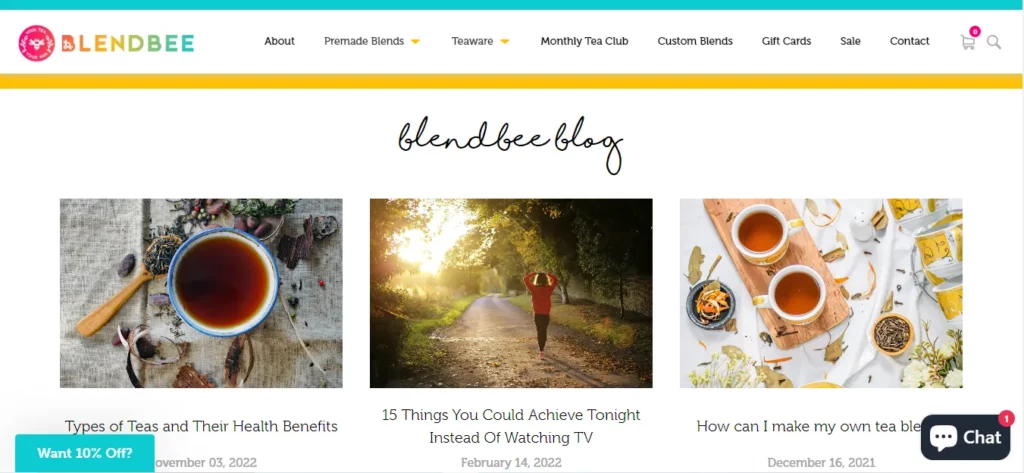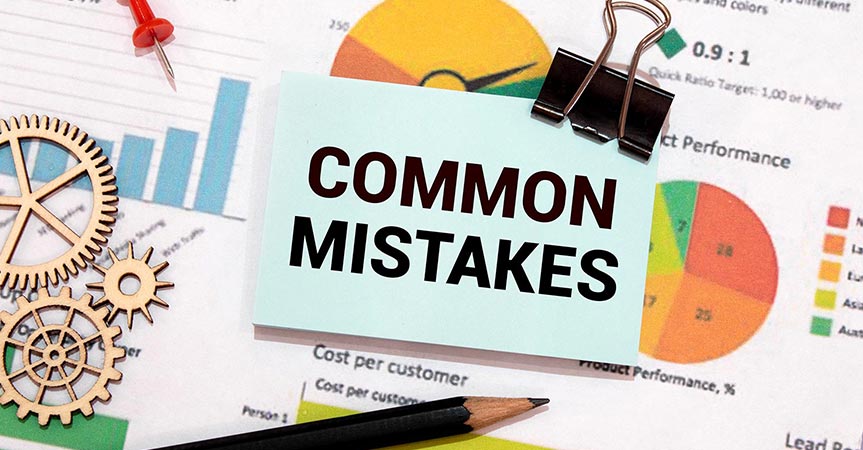Imagine this:
You stumble upon a blog post that speaks directly to your needs, providing valuable insights and solutions. You find yourself nodding along, feeling understood and inspired. You can’t help but share it with your friends and colleagues, eagerly awaiting their reactions. That’s the power of great content. In today’s digital landscape, content marketing has become the secret sauce for building brand awareness and loyalty.
In this blog post, we’ll explore the art of content marketing and uncover its potential to transform your brand’s visibility and relationships with your audience. So, let’s dive in and discover how you can harness the power of content marketing to propel your brand to new heights.
The Power of Content Marketing
In a world where consumers are bombarded with advertising messages, content marketing stands out as a refreshing approach. But what exactly is content marketing? It’s a strategic marketing approach that focuses on creating and distributing valuable, relevant, and consistent content to attract and engage a specific target audience.


Why is content marketing so powerful? The numbers speak for themselves:
- According to a study by Demand Metric, content marketing generates three times as many leads as traditional marketing methods, while costing 62% less.
- The Content Marketing Institute reports that 90% of consumers find custom content useful and 78% perceive a relationship between themselves and a brand when consuming content.
- HubSpot reveals that companies that prioritize blogging efforts are 13 times more likely to achieve a positive return on investment (ROI).
These statistics demonstrate that content marketing goes beyond traditional advertising. It allows you to connect with your audience on a deeper level, build trust, and establish your brand as a thought leader within your industry.
By consistently delivering valuable content to your target audience, you can position your brand as a go-to resource and create a community of loyal followers who eagerly await your next piece of content. This power of content marketing lies in its ability to engage, educate, and inspire, all while subtly promoting your brand.
Content marketing is not just a trend; it’s a long-term strategy that pays dividends over time. So, let’s explore how content marketing can elevate your brand’s visibility and loyalty in the next sections of this blog.
Content Marketing for Brand Awareness
In today’s crowded digital landscape, simply having a great product or service is not enough. Building brand awareness is essential to cut through the noise and capture the attention of your target audience. Content marketing plays a pivotal role in this process. Here’s how content marketing can enhance brand awareness:


Creating Valuable and Relevant Content
By developing high-quality content that addresses the pain points and interests of your target audience, you position your brand as a trusted source of information. Whether it’s informative blog posts, engaging videos, or captivating social media posts, every piece of content should offer value and resonate with your audience.
Consistency and Frequency
To build brand awareness, consistency is key. Regularly publishing content helps you stay top-of-mind with your audience and reinforces your brand’s messaging. Whether it’s a weekly blog post, a monthly newsletter, or daily social media updates, maintaining a consistent content schedule demonstrates your commitment to providing valuable information.


BlendBee, an online tea company, implemented a content marketing strategy focused on educating their audience about the health benefits of various tea blends. By consistently publishing blog articles and sharing informative videos, they established themselves as a go-to resource for tea enthusiasts. This strategy resulted in increased brand awareness, website traffic, and ultimately, sales.
Content Marketing for Brand Loyalty
In addition to building brand awareness, content marketing also plays a crucial role in fostering brand loyalty. When customers feel a genuine connection with your brand and perceive value in the content you provide, they are more likely to become loyal advocates. Here’s how content marketing can help build brand loyalty:


Personalization and Relevance
Tailoring content to the specific needs and preferences of your audience creates a personalized experience that resonates with them. By understanding their pain points and aspirations, you can deliver content that speaks directly to their interests, building a stronger bond with your brand.
Storytelling and Emotional Appeal
Humans are wired for storytelling. By incorporating storytelling techniques into your content, you can evoke emotions and forge deeper connections with your audience. Share inspiring success stories, customer testimonials, or behind-the-scenes glimpses to create an emotional connection that goes beyond transactional relationships.


Patagonia, an outdoor apparel brand, has built a loyal customer base through its content marketing efforts. Their commitment to environmental sustainability and social responsibility is woven into every piece of content they produce. By sharing stories of their conservation initiatives, highlighting the impact of their products, and inviting customers to participate in their mission, they have created a community of passionate brand advocates.
By implementing a strategic content marketing approach that focuses on both brand awareness and brand loyalty, businesses can create a powerful synergy that drives long-term growth and success.
The Art of Crafting Great Content
Creating great content is both an art and a science. It requires a deep understanding of your target audience, their preferences, and the platforms they engage with. Here are some tips to help you craft content that captivates and resonates with your audience:


Know Your Audience
Conduct thorough research to understand your target audience’s demographics, interests, pain points, and aspirations. This information will guide your content creation process and ensure that you deliver value to the right people.
Define Your Brand Voice
Your brand voice sets the tone for your content and helps you establish a consistent and recognizable identity. Whether it’s formal and professional or casual and conversational, define your brand’s voice and use it consistently across all your content channels.
Engage with Visuals
Visual content is highly effective in capturing attention and conveying messages quickly. Incorporate visually appealing images, videos, infographics, and interactive elements into your content to make it more engaging and shareable.
Craft Compelling Headlines
Your headline is the first impression readers have of your content. Make it compelling, concise, and intriguing to entice them to click and explore further. Use power words, pose questions, or promise solutions to capture their attention.
Provide Value and Solve Problems
Your content should address the needs and pain points of your audience. Offer practical tips, actionable advice, and insights that genuinely help them overcome challenges or achieve their goals. This positions your brand as a trusted resource.
Common Content Marketing Missteps & How to Avoid Them
Even with the best intentions, content marketing mistakes can happen. Being aware of common pitfalls can help you steer clear of them and maximize the effectiveness of your efforts. Here are some missteps to avoid:


Lack of Strategy
Without a well-defined content marketing strategy, your efforts can lack direction and fail to achieve desired results. Outline your goals, target audience, content types, distribution channels, and key performance indicators (KPIs) to ensure a strategic approach.
Inconsistent Branding
Inconsistency in your brand voice, visual elements, and messaging can confuse your audience and weaken your brand identity. Maintain a consistent brand image across all your content to reinforce recognition and build trust.
Overlooking SEO
Search engine optimization (SEO) is crucial for ensuring your content is discoverable by search engines and reaches a wider audience. Conduct keyword research, optimize your content with relevant keywords, and follow best practices for on-page SEO.
Neglecting Analytics
Failing to track and analyze the performance of your content can hinder your ability to refine your strategy. Monitor metrics such as website traffic, engagement, conversion rates, and social media analytics to identify areas for improvement and make data-driven decisions.
Ignoring Audience Feedback
Your audience’s feedback is invaluable for refining your content strategy. Encourage comments, engage in conversations, and actively listen to their feedback to gain insights, address concerns, and strengthen relationships.
By following these guidelines and avoiding common content marketing missteps, you can create compelling content that drives brand awareness, fosters loyalty, and delivers meaningful value to your audience.
Conclusion
In today’s digital landscape, content marketing remains a powerful tool for building brand awareness and loyalty. By creating valuable, relevant, and engaging content, you can connect with your target audience on a deeper level, establish your brand as a trusted authority, and cultivate long-lasting relationships.
By implementing a well-defined content marketing strategy, focusing on creating high-quality content, and avoiding common mistakes, you can unlock the full potential of content marketing to build brand awareness and foster loyalty.
Remember, content marketing is an ongoing process that requires continuous refinement, adaptation, and experimentation. Stay attentive to your audience’s needs, track your content’s performance, and make data-driven decisions to optimize your efforts.
Ready to take your content marketing to the next level? Contact Neuroimpakt today to discuss how we can help you develop and execute a robust content marketing strategy tailored to your business goals.
References:
- The Power of Content Marketing
- “Content Marketing: The Definitive Guide” – Content Marketing Institute
- “The Art of Writing Great Headlines” – Copyblogger
- HubSpot. (n.d.). Marketing Statistics



